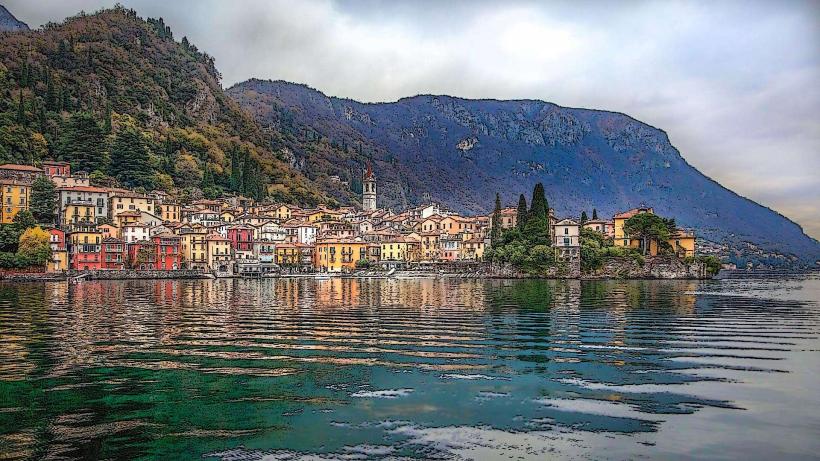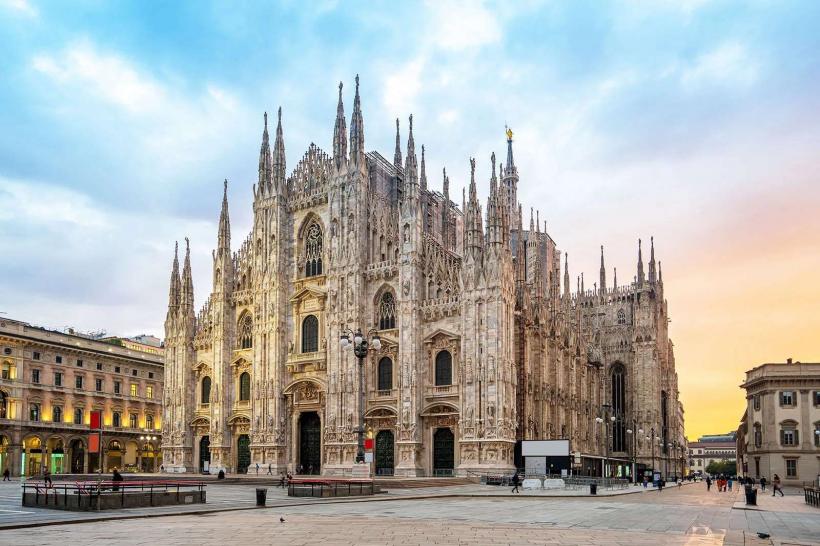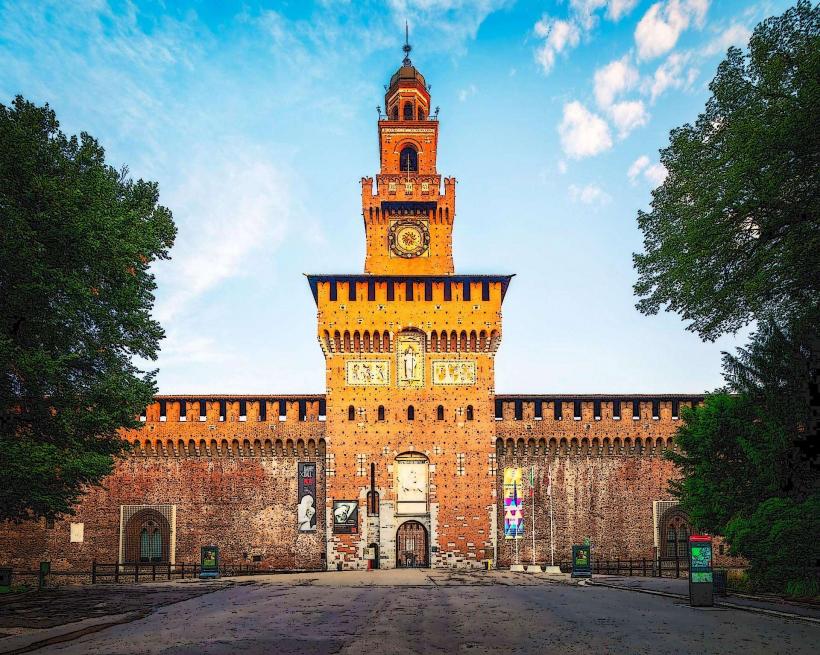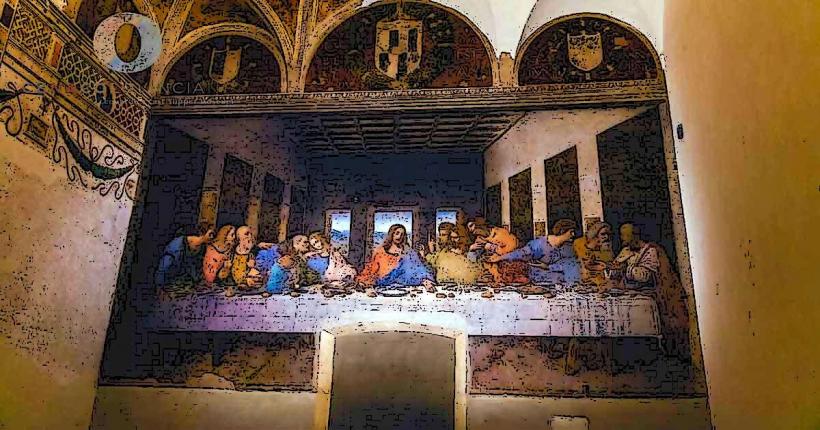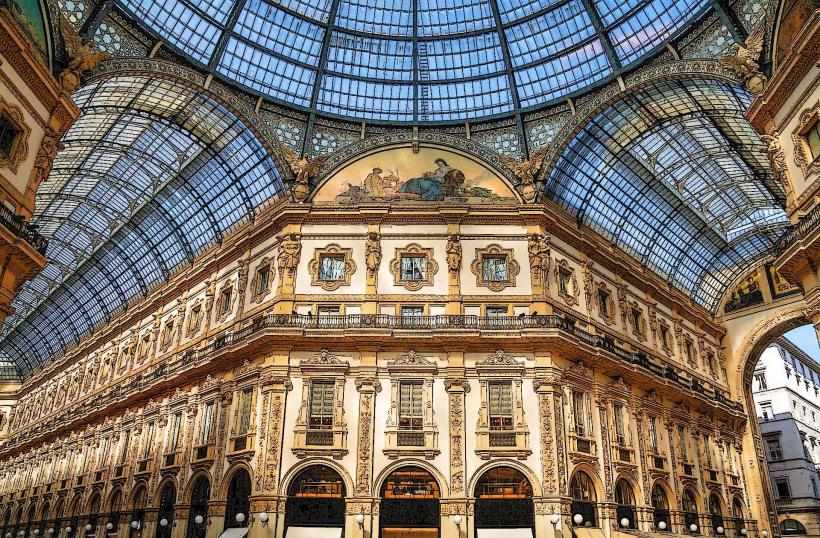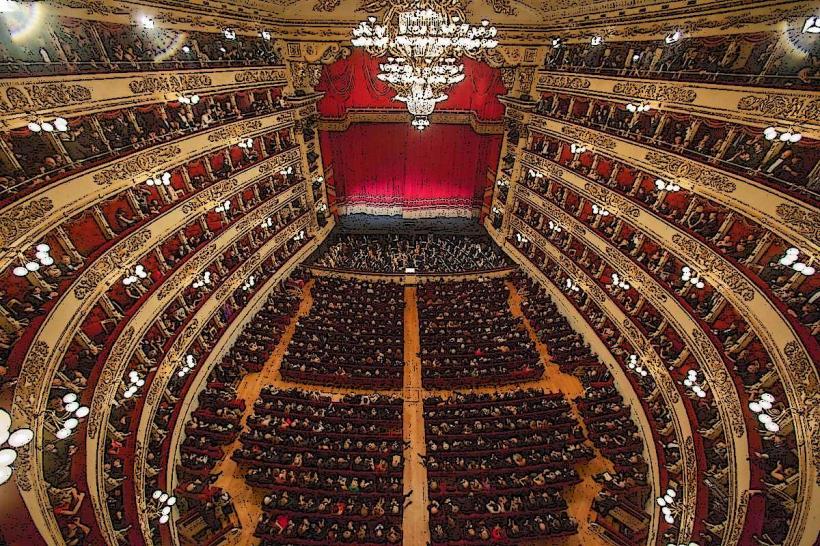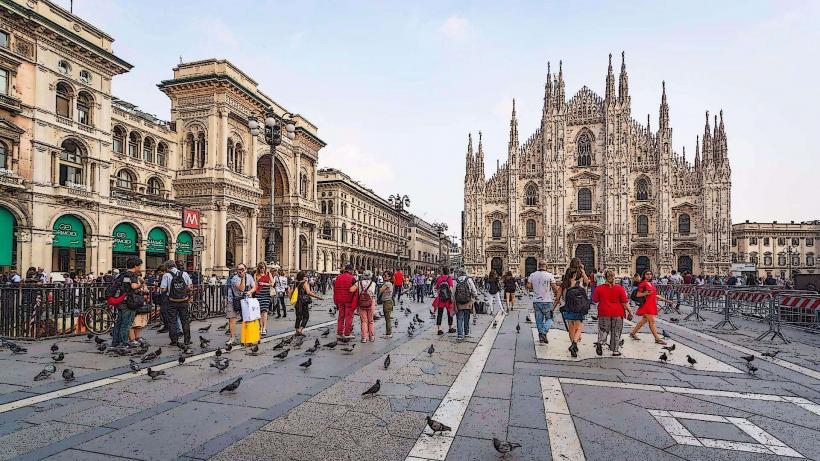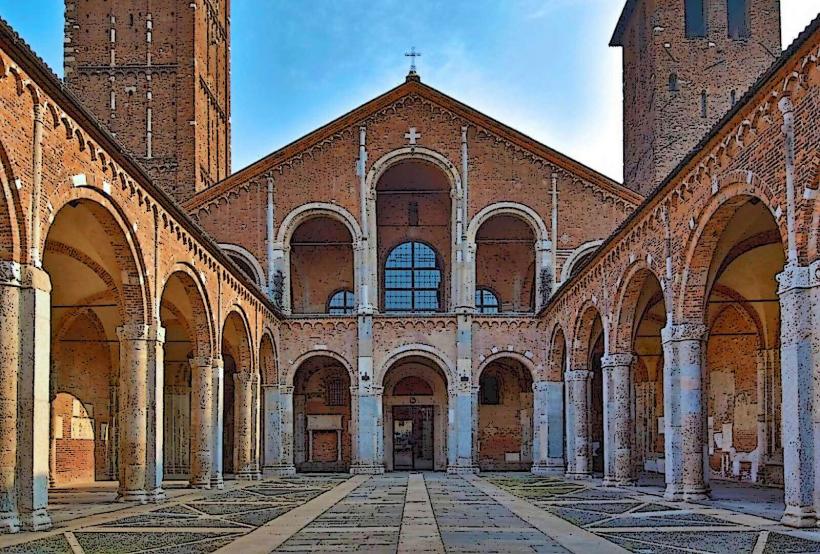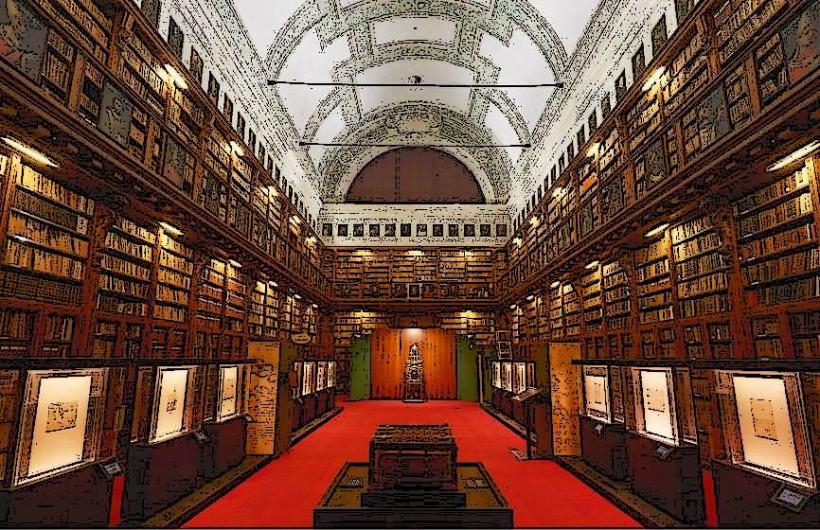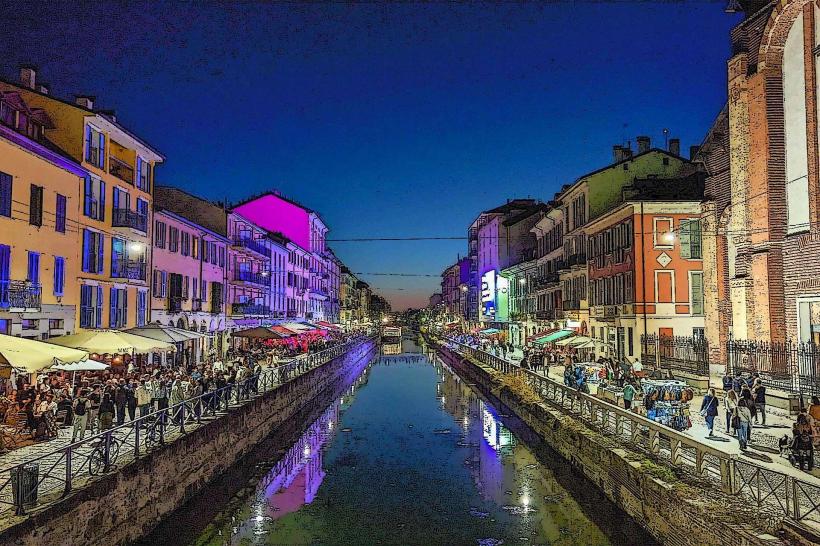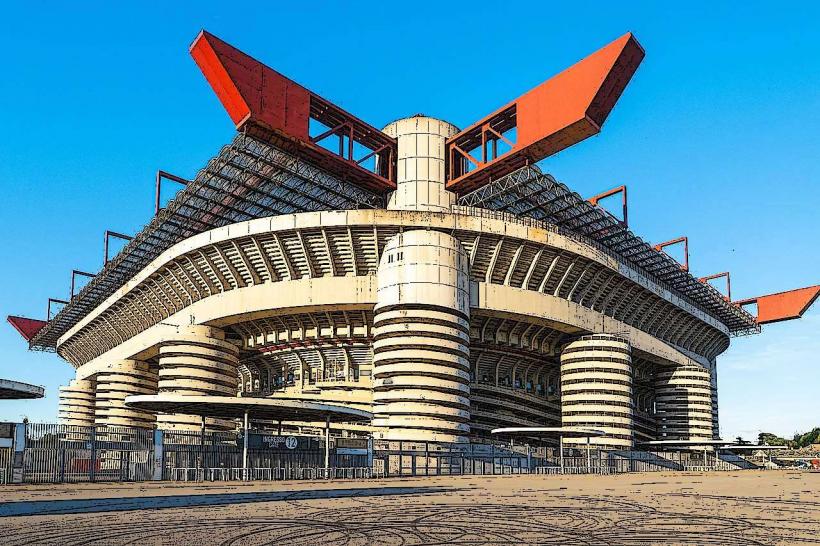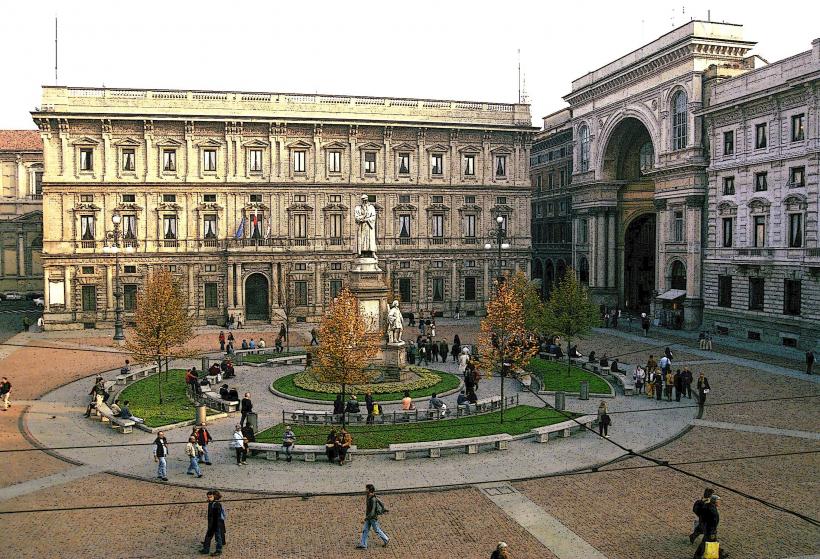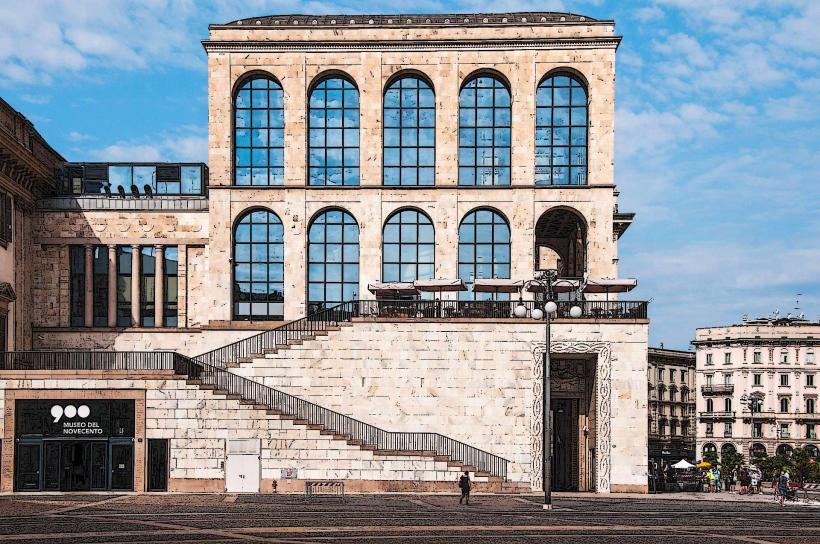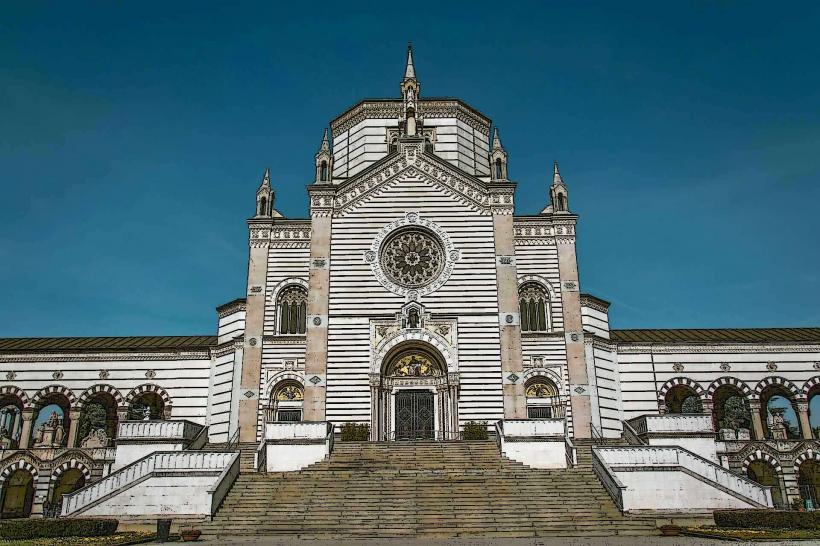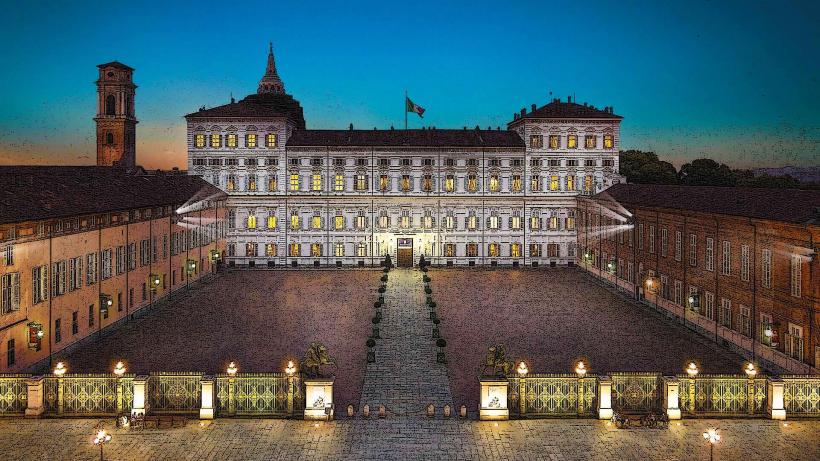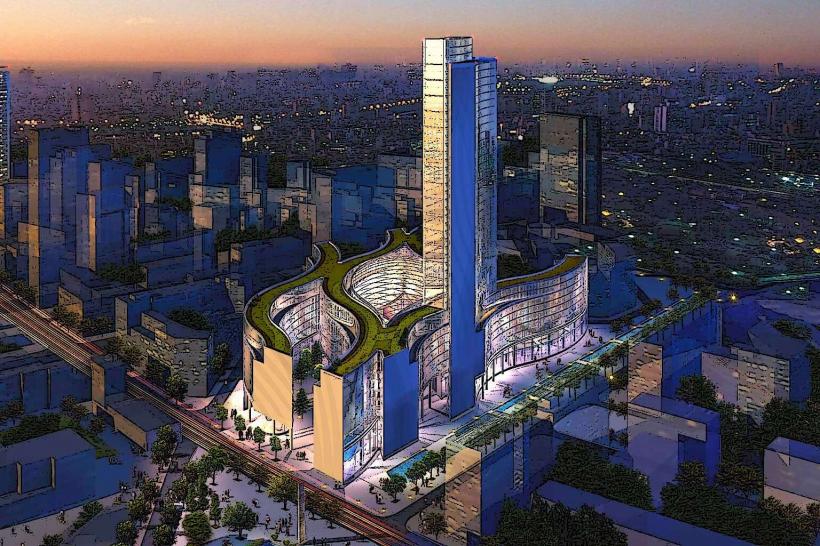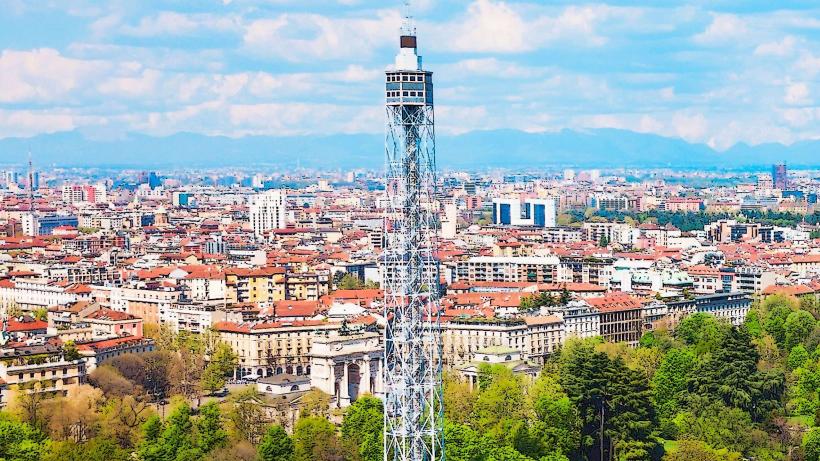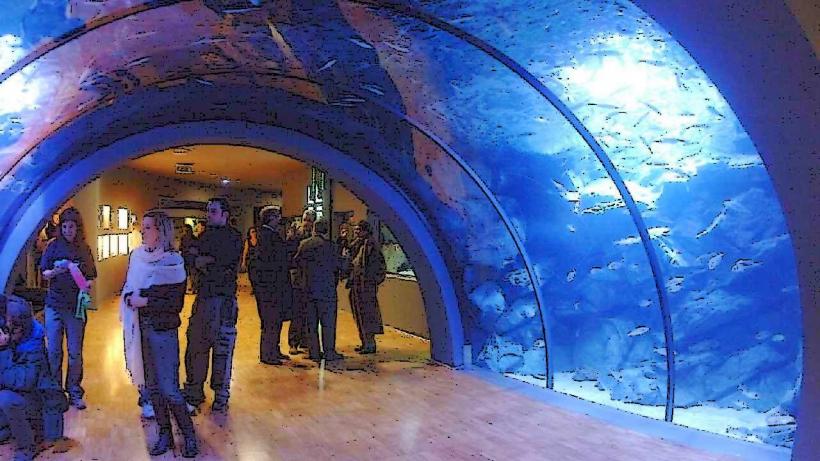Information
Landmark: Porta SempioneCity: Milan
Country: Italy
Continent: Europe
Porta Sempione is one of Milan's most famous historical landmarks, a majestic city gate that marks the western entrance to the historic center of the city. It is also known as the Arco della Pace (Arch of Peace), and is an important symbol of Milan's rich history, especially its post-Napoleonic era.
1. History and Construction
Origin: The Porta Sempione gate was originally constructed in the early 19th century, between 1806 and 1814, under the reign of Napoleon Bonaparte. Napoleon's influence in Italy during the Napoleonic Wars led to the creation of the gate as part of his grand plans to reshape Milan as the capital of his Italian territories. The gate was designed to be a monumental entry point into the city, symbolizing the glory of his reign.
Design and Architect: The design of Porta Sempione was entrusted to the French architect Louis Eugene Robert, and it was inspired by the Triumphal Arches of Ancient Rome, celebrating military victories and important events. However, its creation also reflects the grandeur of Napoleon's vision for Milan as a modern European capital.
Post-Napoleonic Era: After Napoleon's fall, Porta Sempione underwent changes in its symbolism and structure. The gate became a symbol of Milan's independence and the new political order, especially after the Congress of Vienna in 1815, which redrew the map of Europe after Napoleon's defeat. It was during this time that the current archway, known as the Arco della Pace, was constructed on top of Porta Sempione, completing its transformation into the grand monument we see today.
2. Architecture and Design
The Arch: The most striking feature of Porta Sempione is the Triumphal Arch at the top of the gate. This monumental arch is made of neoclassical stone and stands 25 meters (82 feet) high. The arch is adorned with sculptural reliefs, inscriptions, and a bronze chariot that once depicted the goddess of peace, now symbolizing Milan's triumph and resilience.
Inscriptions: On the arch's main facade, several inscriptions commemorate the historical significance of the monument. One inscription reads “Pace e Bene”, which translates to "Peace and Good," symbolizing the desire for peace that was central to the gate's purpose in the post-Napoleonic era.
Victory Reliefs: The reliefs on the arch commemorate military victories of the time, specifically the Austrian Empire's victory in the post-Napoleonic period. The sculptures depict scenes of peace and military celebrations, a direct reflection of the Neoclassical style that dominated the early 19th century.
Materials: The gate is made primarily of masonry and stone, with an ornate bronze chariot at the top. The combination of classical architecture with these detailed sculptures is typical of neoclassical triumphal arches from the period.
3. Historical Significance
Symbol of Peace: Porta Sempione, especially the Arco della Pace, is a symbol of peace in Milan's history. Its construction was part of a larger effort to promote peace and stability after the turmoil caused by the Napoleonic Wars. It also reflects the hope for a lasting peace following the upheaval of the period.
Napoleonic Influence: During the French occupation of Milan, Porta Sempione represented both a symbol of French rule and a monument to Napoleon’s ambitions for Italy. After Napoleon's defeat, the gate was reinterpreted as a symbol of the Austrian Empire's dominance over Milan, reflecting the political changes of the time.
Austrian Era: After the fall of Napoleon and the restoration of Austrian rule in Milan, the archway’s meaning shifted to represent the Austrian Empire’s rule over Lombardy-Venetia. However, the gate retained its cultural significance as a symbol of Milan's enduring resilience and pride.
4. Nearby Landmarks
Sempione Park (Parco Sempione): Just behind Porta Sempione lies Parco Sempione, a large public park that is a popular spot for locals and tourists alike. The park was designed in the 19th century as a leisure space for the Milanese people, and it includes artificial lakes, walking paths, and gardens.
Castello Sforzesco (Sforza Castle): Porta Sempione is located near Castello Sforzesco, one of Milan's most important historic landmarks. The castle, built by the Sforza family during the 15th century, is now home to museums and art collections. Porta Sempione forms part of the axis leading from the castle to the city center.
Triennale Design Museum: A short walk from Porta Sempione, you will find the Triennale Design Museum, which showcases Italy’s rich design heritage. It’s located within the Palazzo dell'Arte, a beautiful building in Parco Sempione.
5. Modern Use
Transportation Hub: Today, Porta Sempione is a key point for transportation in Milan. It is a major entryway to the historic center of the city, and many tourists use the gate as a landmark for navigating the area.
Tourism and Sightseeing: Porta Sempione is a must-see landmark for visitors exploring Milan’s historical and architectural sites. It offers a glimpse into Milan's neoclassical heritage and provides a connection to the city’s complex and layered history. The monument is often used for events, festivals, and public celebrations.
Cultural Symbol: Porta Sempione continues to stand as a cultural and historical symbol, evoking Milan's long history of resilience and cultural evolution, from the days of the Roman Empire through the Napoleonic and Austrian periods to modern Italy.
6. Visiting Porta Sempione
Location: Porta Sempione is located at the western entrance to the city center of Milan, near the Sempione Park and Castello Sforzesco. It is easily accessible from the M1 metro line (red line), with the closest stop being Cadorna station.
Opening Hours: The gate and the Arco della Pace are visible to the public at all times, but the surrounding park and museums have specific opening hours, depending on the season.
7. Conclusion
Porta Sempione, or the Arco della Pace, stands as one of Milan’s most significant architectural landmarks. It encapsulates the city’s rich historical evolution from the Napoleonic era to the present day. The gate remains a striking example of neoclassical architecture, symbolizing peace, resilience, and the power of Milan’s enduring cultural identity. Whether you're exploring its historic significance, enjoying the surrounding Parco Sempione, or simply appreciating its beauty, Porta Sempione is an essential part of Milan's cultural and architectural landscape.

